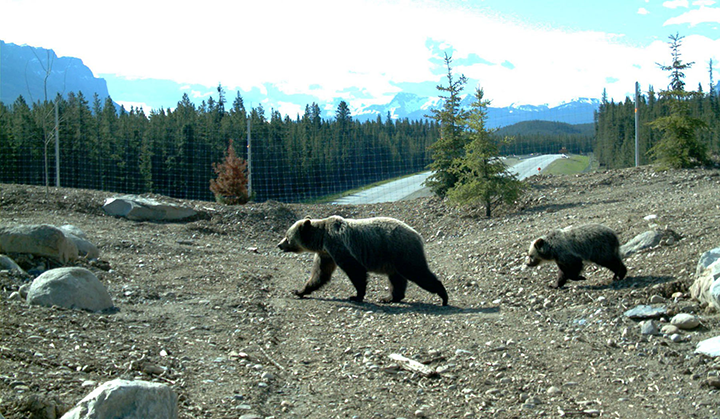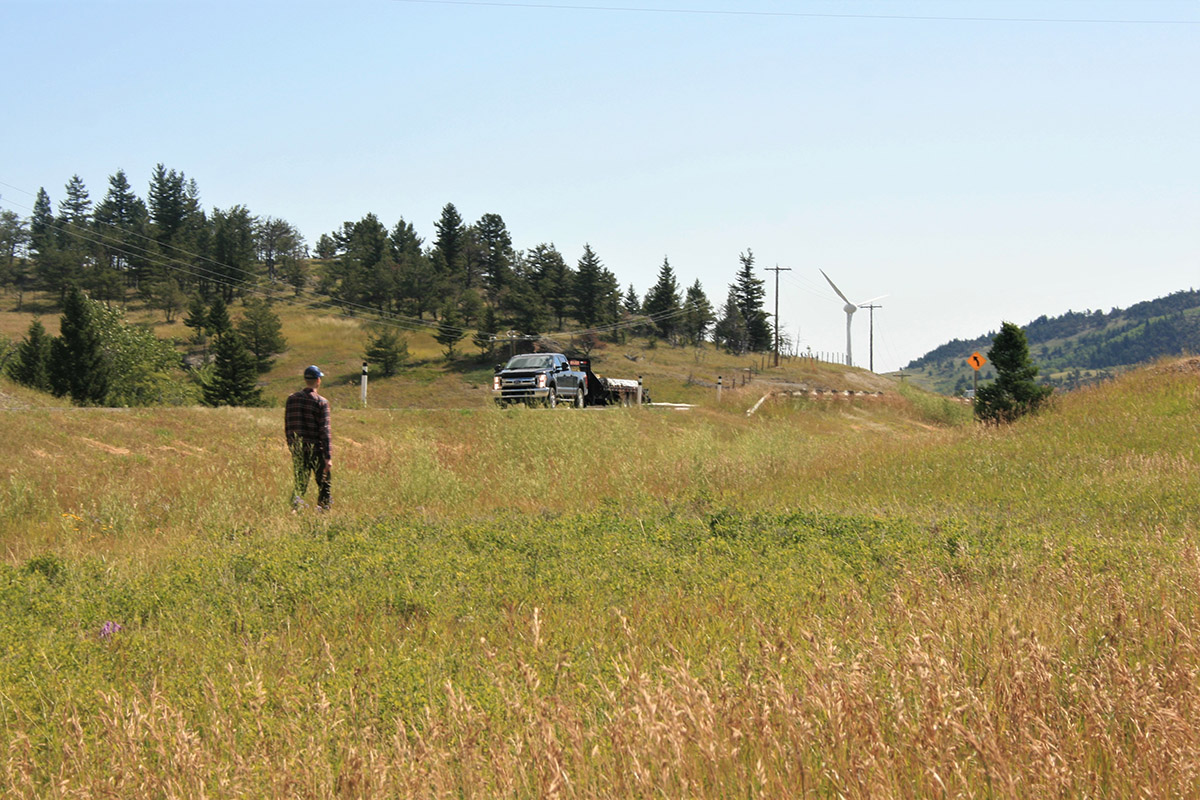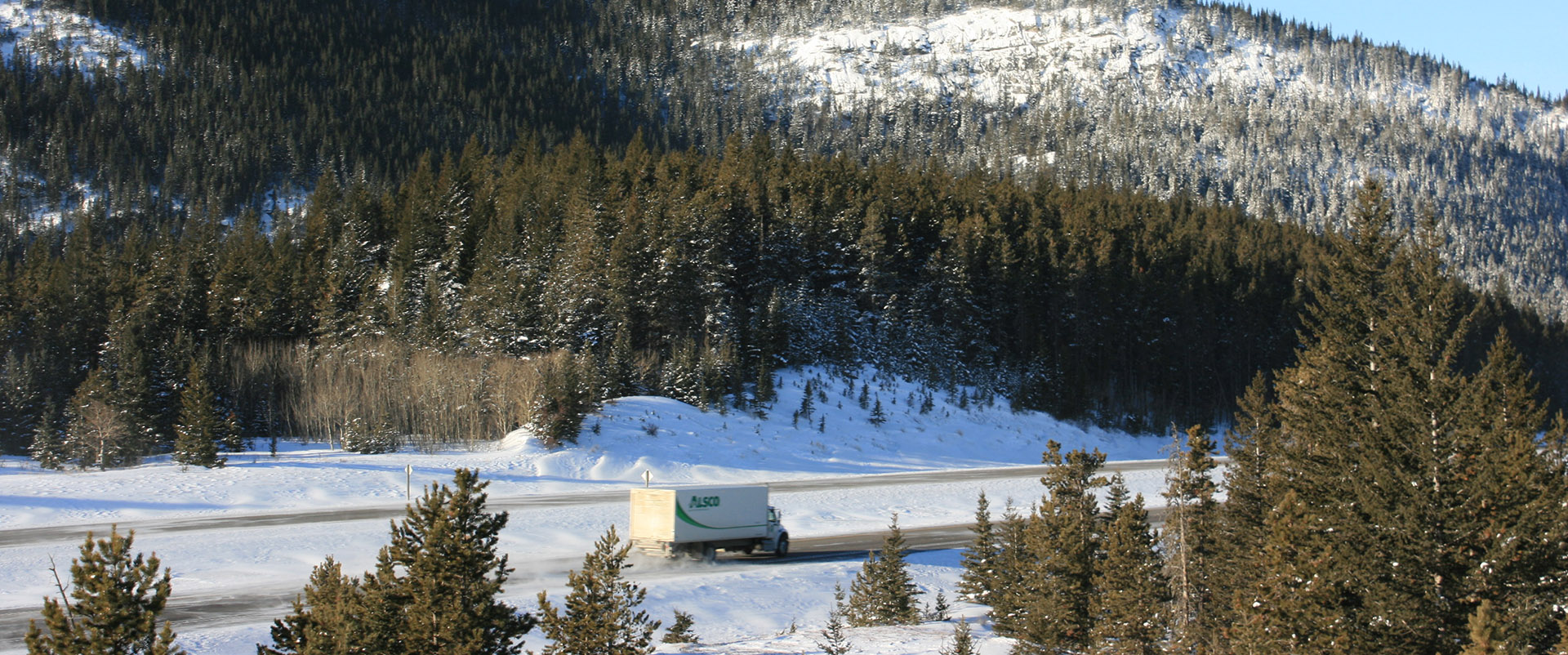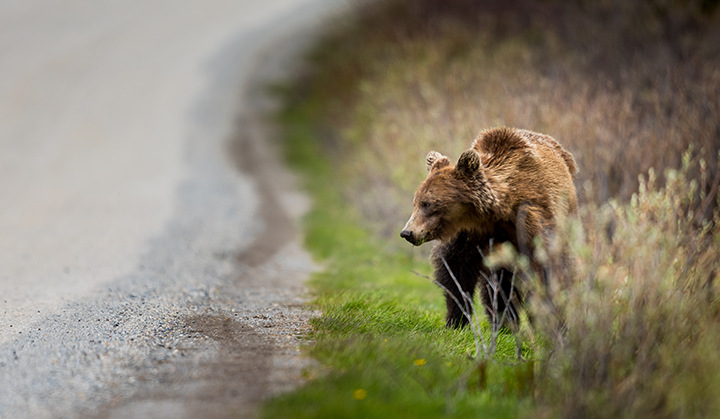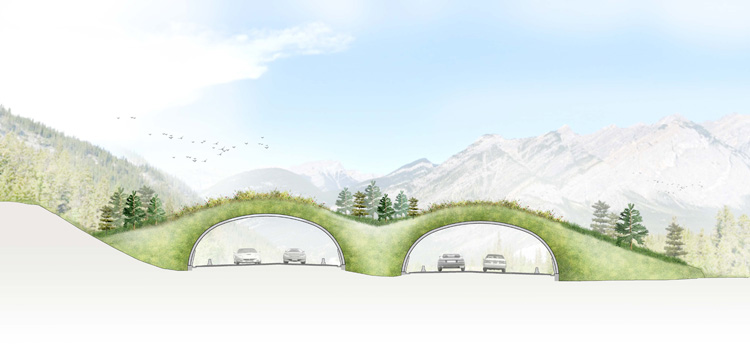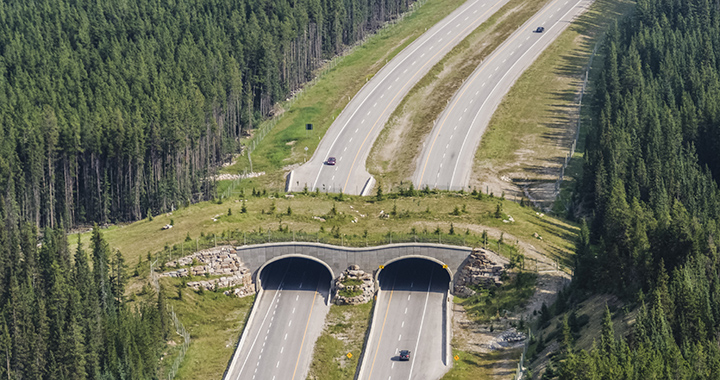Projects to protect wildlife movement and motorist safety announced
Yellowstone to Yukon Conservation Initiative applauds a recent provincial announcement for future wildlife crossing and fencing projects that will make travel safer and easier for wildlife and people on Alberta’s highways.
Alberta’s Ministry of Transportation and Economic Corridors announced several new crossings on Highway 3, including a new underpass breaking ground in 2024 and three new wildlife overpass projects in the design phase.
Plans for three new crossings, including an overpass, have also been revealed for Highway 1A between Calgary and Canmore. Wildlife fencing will be part of all projects to direct wildlife to crossings. The province is also planning to retrofit several existing highway bridges and culverts for animals to use as crossings.
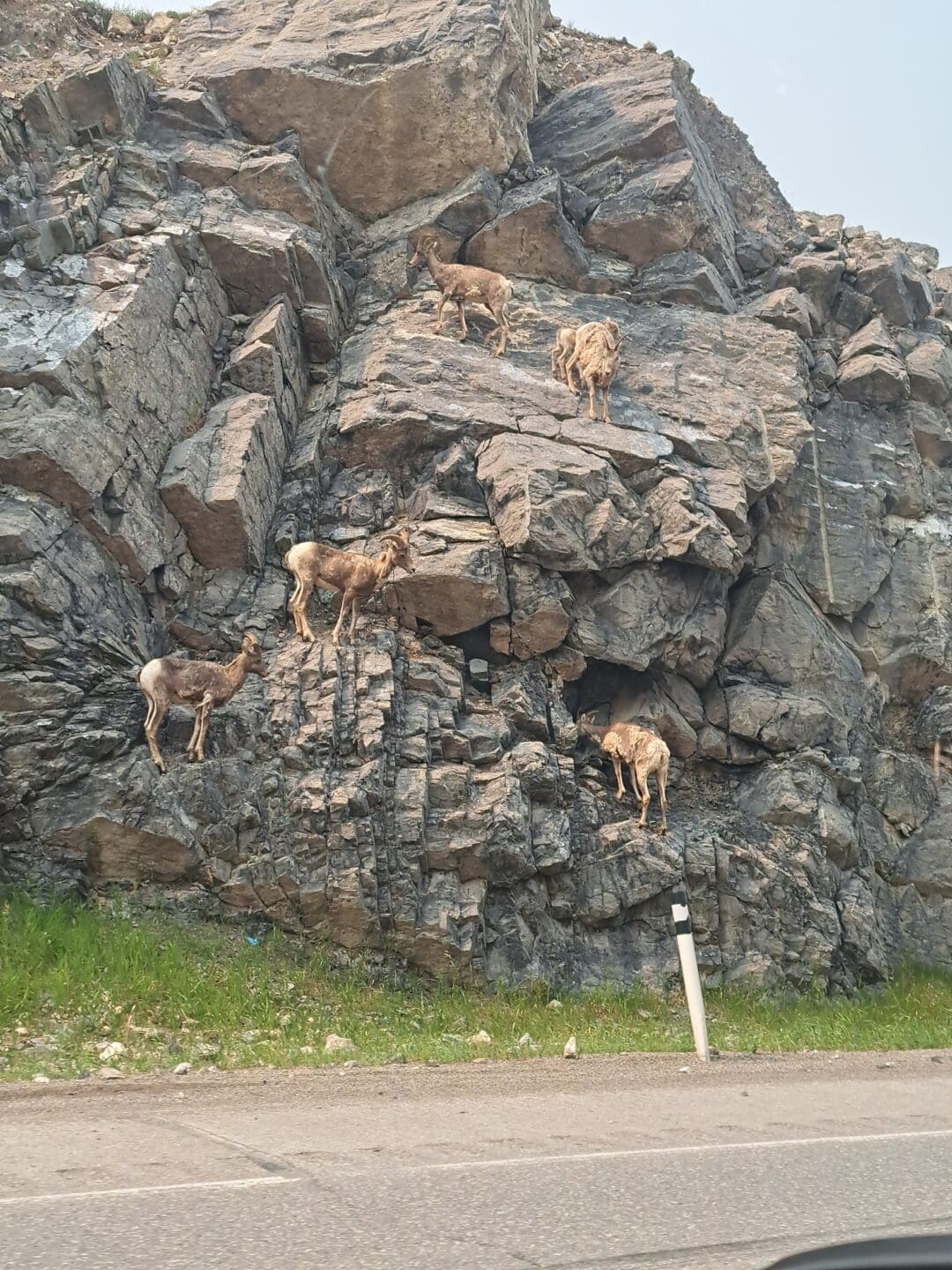
“This is a big deal. These projects show the province’s positive commitment and continued innovation to not only address deadly and costly wildlife-vehicle collisions, but also to improve wildlife connectivity. As highways become busier, these crossings will go a long way to prevent wildlife habitat fragmentation and will help keep large animals like elk, moose and grizzly bears connected,” says Tim Johnson, Y2Y’s landscape connectivity specialist.
The government’s new Animal-Vehicle Collision Safety Program website hosts an extensive list and map of existing and future wildlife crossing and fencing projects, showing the province’s continued commitment to keeping wildlife alive while also reducing the risk of collisions.
Y2Y looks forward to seeing these planned projects on the Eastern Slopes of the Rockies progress and encourage the province’s continued investment into the research, planning, and construction of future wildlife crossings.
Wildlife crossings, over or under roads, are a proven solution to allow animals to safely cross busy highways and protect the public from crashes. Johnson says that investing in wildlife crossings in the most important, cost-effective places, the government shows its commitment to conservation and motorist safety.
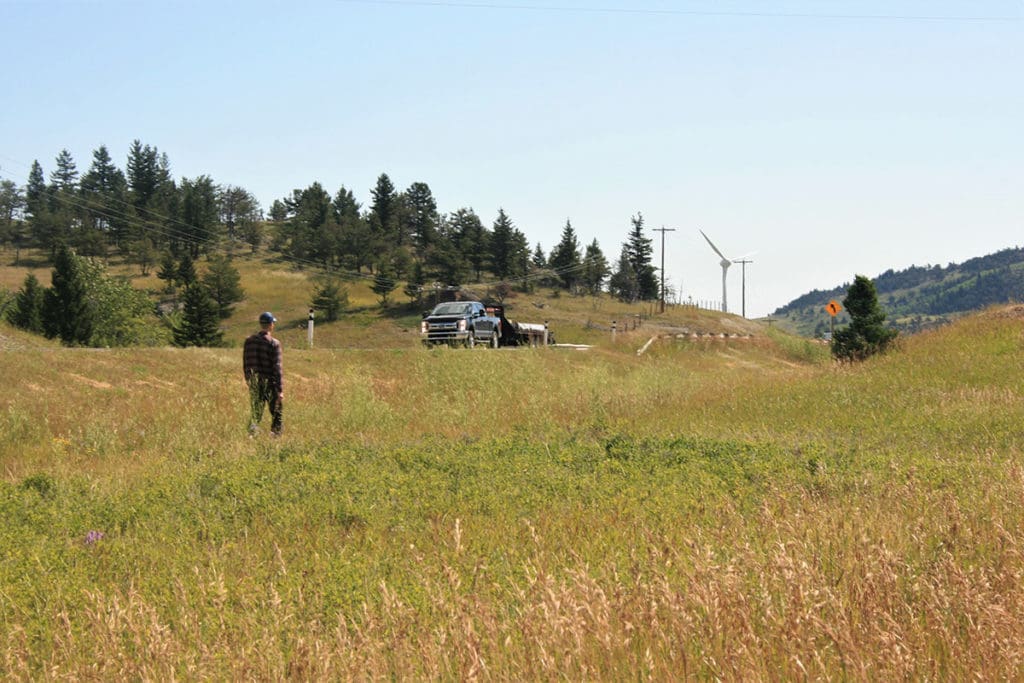
Rock Creek wildlife crossing at a vital location for wildlife and people in southwest Alberta
One of the projects already underway is the Rock Creek underpass and fencing, a key crossing Y2Y and numerous partners have advocated for since 2010.
Close to $11 million will be invested in a new 15-meter-wide wildlife underpass and approximately 10 kilometers of fencing on Highway 3 and parts of Highway 22.
“Highway 3 is a major barrier to wildlife movement. Close to a decade of research and monitoring shows us where animals are most likely to get hit. This crossing couldn’t come at a better time as this road has only been getting busier,” says Johnson.
Construction on the Rock Creek underpass is beginning in 2024 and is expected to pay for itself in fewer than 15 years from reduced costs due to fewer collisions with wildlife related to emergency response, insurance and property damage.
Drivers on Highway 3 face one of the province’s highest wildlife-vehicle collision rates. Each year, maintenance crews collect an average of 30 animal carcasses where the Rock Creek project’s underpass and wildlife fencing are being built. This is just one site on this highway and does not include unreported collisions.
West of Crowsnest Pass, British Columbia has started to build a series of wildlife crossings and fencing to address the same issue on this highway. All these crossings are part of a larger multi-year, multi-jurisdictional connectivity project called Reconnecting the Rockies.
Collectively, these projects will maintain ecological connectivity for various animals in a vital corridor connecting Banff National Park and Waterton-Glacier International Peace Park.
About wildlife crossings
- Currently there are 177 wildlife crossings in the broader 3,400-km-long Yellowstone to Yukon region.
- In Banff National Park, wildlife crossings have resulted in a 90 per cent drop in vehicle collisions with hooved animals such as elk and deer.
- Bow Valley Gap, the first wildlife overpass outside of a national park in Alberta, is nearing completion east of Canmore on Highway 1. Wildlife is already using the crossing.
- According to the Government of Alberta, wildlife-vehicle collisions cost Albertans approximately $300,000 a day in direct and indirect costs related to property damage, health care and highway cleanup.
